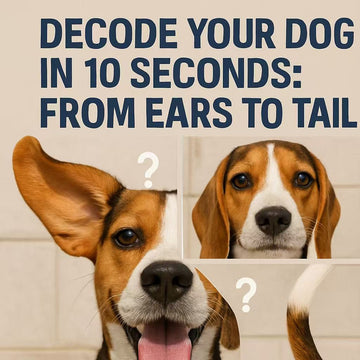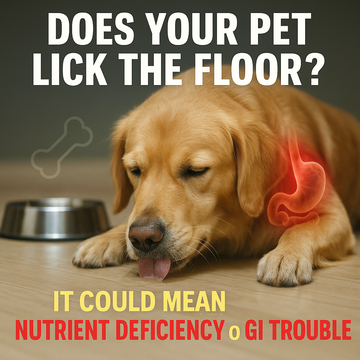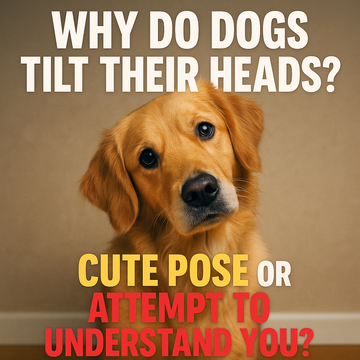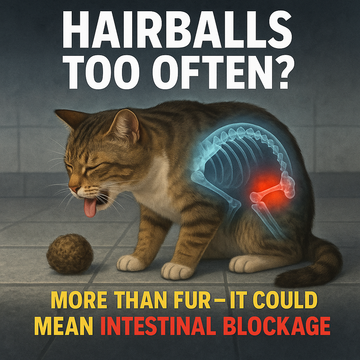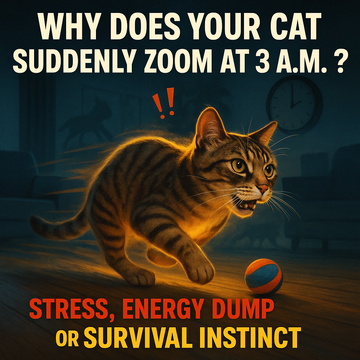Tail wag = happy? Maybe—or “back off.” To stop guessing, read ears, eyes, mouth, tail, topline/hackles, weight/legs, orientation one by one.
1) Ears
 • Neutral, mobile → relaxed/curious; interact normally.
• Neutral, mobile → relaxed/curious; interact normally.
• Forward, pricked → alert; cue look/sit, reward check-ins.
• Pinned back/airplane → worry/fear; lower intensity, add distance.
• Breed note: Compare to your dog’s baseline.
2) Eyes

• Soft eyes, normal blinks → relaxed/friendly.
• Hard stare, tight lids → tension/conflict; stop approaching.
• Whale eye → fear/discomfort; turn sideways, create space.
• Rapid scanning → rising arousal; move away to quiet.
3) Mouth, Commissures & Tongue

• Soft open mouth, easy pant → relaxed/cooling.
• Lip-licks, yawns (not sleepy) → calming signals; pause/lower intensity.
• Pulled-back corners, tight lips, tense teeth-show → defensive; disengage.
• Rapid panting in cool context → stress; add distance/predictability.
4) Tail

• Neutral, loose wag + soft body → friendly/relaxed.
• High, tight, small/fast → tension; don’t approach, arc away.
• Tucked → fear/avoidance; leave the trigger.
• Flagging/high tight vibrato → high arousal; end/reset.
5) Topline & Hackles

• Loose topline → calm.
• Hackles up → arousal (surprise/excitement/tension/stand-off), not always aggression; if other parts are tense, de-escalate/leave.
• Arched/low posture → worry/defense; provide an exit.
6) Weight Shift & Legs/Paws

• Forward lean, toe-grip → alert/approach/stand-off; cue look.
• Weight back/retreat → avoidance; don’t pursue.
• Single paw lift → uncertainty/request/orienting; lower difficulty if tense.
• Play bow → invitation; play–pause–check–play.
7) Orientation & Distance

• Curved approach, hip-to-nose → friendly/appeasing; mirror with sideways/low posture.
• Head-on beeline → rude/potentially confrontational; use a curve/U-turn.
• Freeze → high-risk warning; end now and leave.
Unsure? Use the “calm-down trio” — slow it down, back it up, hit pause. Before petting, do the 3-second consent test: pet for three → pause → if your dog re-engages, continue; if they peel away, respect the “no.” Skip the head-on approach and curve in sideways—polite and safer. If you spot hard stare, hackles + stiffness, pulled-back lips, a sudden freeze, growl/lunge/bite, don’t debate—evacuate: add distance, let them sniff to decompress, then use familiar cues and routines to reset the tempo. And yep, don’t punish growls—that’s the built-in warning system. If this keeps recurring or your gut says “this is above my pay grade,” call a qualified trainer/behavior vet and build a DS + CC plan.
We share fresh dog/cat care tips every day—follow us at https://pawcassopet.com/
